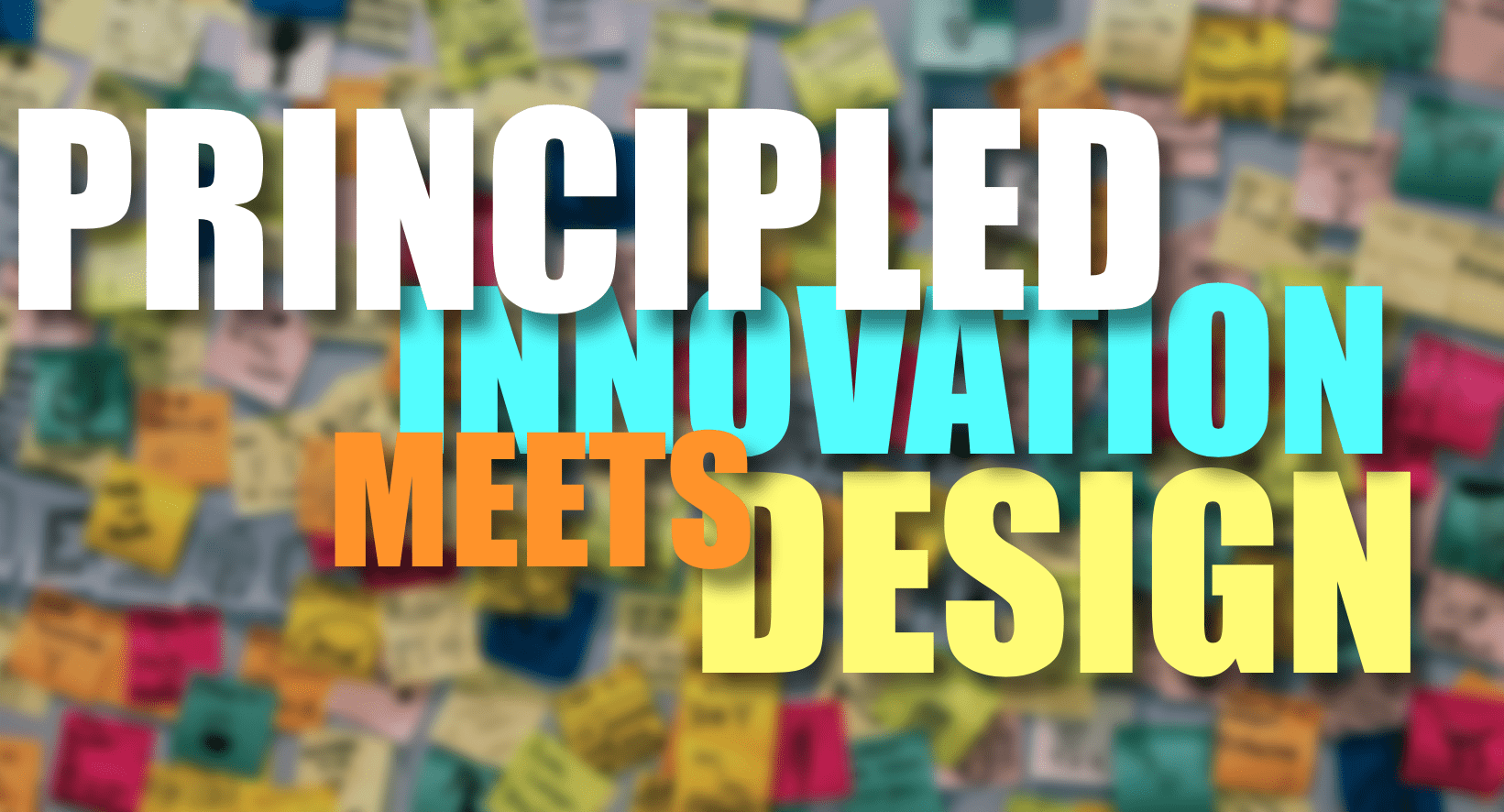In a previous post I mentioned a new study on children and the internet recently completed by Warren Buckleitner for Consumer Reports Web Watch. Anyway, towards the end of the post I mentioned how the final report includes links to YouTube videos of the actual data and how that shifts the interpretive balance of power from researcher to reader. This is not to say that the researcher has no role at all, clearly it is their agenda, interests, style that is driving the project, but rather that by allowing readers to see the raw data (once again, within limits, since there is editorial control of this by the researcher) it changes the control the researcher has over the conclusions and the meanings one can draw from the research. What I didn’t realize just how deeply YouTube was used in this research…
I should have guessed that there was more to the story since Warren had mentioned that there was a need for a whole research methods class around YouTube. So this morning I got an extended email from Warren describing just how they used YouTube for research. Since he has given be permission to post his message here, I do so below. (Note: Some aspects of his note speak to human subject and privacy concerns and I have lightly edited them.) What is fascinating is just how integrated were the functions of YouTube in their research.
ON USING YOUTUBE FOR QUALITATIVE RESEARCH
– You can use the clips to build or destroy trust in the subjects. Youtube has a private feature that we used extensively so the subjects could pre-screen their own clips before they went public. Still, there were times that I needed to walk over to the person’s house, pull out my laptop and show them the footage. There’s still a lot of low tech work in the process.– I would have liked to do more parent interviews on camera. I only did one; this would’ve provided another interesting dimension to the paper.
– It is important that you give the control of the data collection to the subjects themselves. They relax more about sharing.
– DON’T put in footage that could be harmful in some way (protect your subjects).
– More than one person can work on the same channel at once. This could be useful for collaborative coding — you and I could be coding the same clip at the same time, in different places.
– You need quicktime pro or some other quick editor to match the narrative to the footage
– The audio is very important — the quality of the image doesn’t matter so much. It is more important to get a record of the events.
– You capture some really boring stuff. I fell asleep on more than one occasion.
– I love the fact that anyone can comment on the clips and that the counts are recorded. This will provide important evaluative information for future grant requests.
– the use of subtexts on the clips is very useful and I would do more of this.
– iMovie was an essential tool. I used a MacBook and a newer iMac with a big hard drive. You need a 500 MB portable hard drive to backup the clips and move between computers.
– the cameras were cheap, durable and incredibly useful. I used the DV (mini cassettes) because they limited the footage to one hour and the provide an archive — just in case.
– I made a DVD for some familes to play in their DVD player; also sent a DVD of all the clips to CU so their coders could watch the clips on a big screen, in full quality, with no technology hassles.
– Clips need to be less than 8 minutes or they take too long to upload
– We ended up changing our permission slip THREE times (so for ten families, I had to get a total of 30 forms signed). That’s because the CU lawyers kept getting more worried as time went on. It helps to fully explain all
potential risks up front to the subjects and start with the form you need. So start with a trip to the legal and human subject folks before you even turn on a camera.– 12 months ago, this would not have been possible. But now there are some really wonderful Youtube channel features that make this possible.
– you can make your own special “channel” for your study, and give all interested parties the password. We kept all the clips private until the study launched. The second the study went public, I sent an email alert out to the families so they could see the footage.
– I feel that it is important that any subject should be able to pull the footage at any time. Children are involved and these children are not ours. So if a parent feels uncomfortable at anytime down the road, I’m prepared to pull the footage.
– there are other video sharing services than youtube. But we picked youtube because of familiarity.
– We were able to make stronger, less qualified conclusions in our report than we would have normally. At one point, a lawyer questioned if we would really say that some sites caused kids to cry. I was able to say — look at the video (link) and watch for yourself. See the tears? So the ending product was less watered down by “being safe” instincts. The study has more potential for contributing to the discourse in this regard; it offers a more defined picture of what is really going on.
– I betcha that Margaret Meade would’ve been a huge YouTube fan, don’t you?
Interesting, isn’t it?




Your blog is very interresting for me, i will come back here..